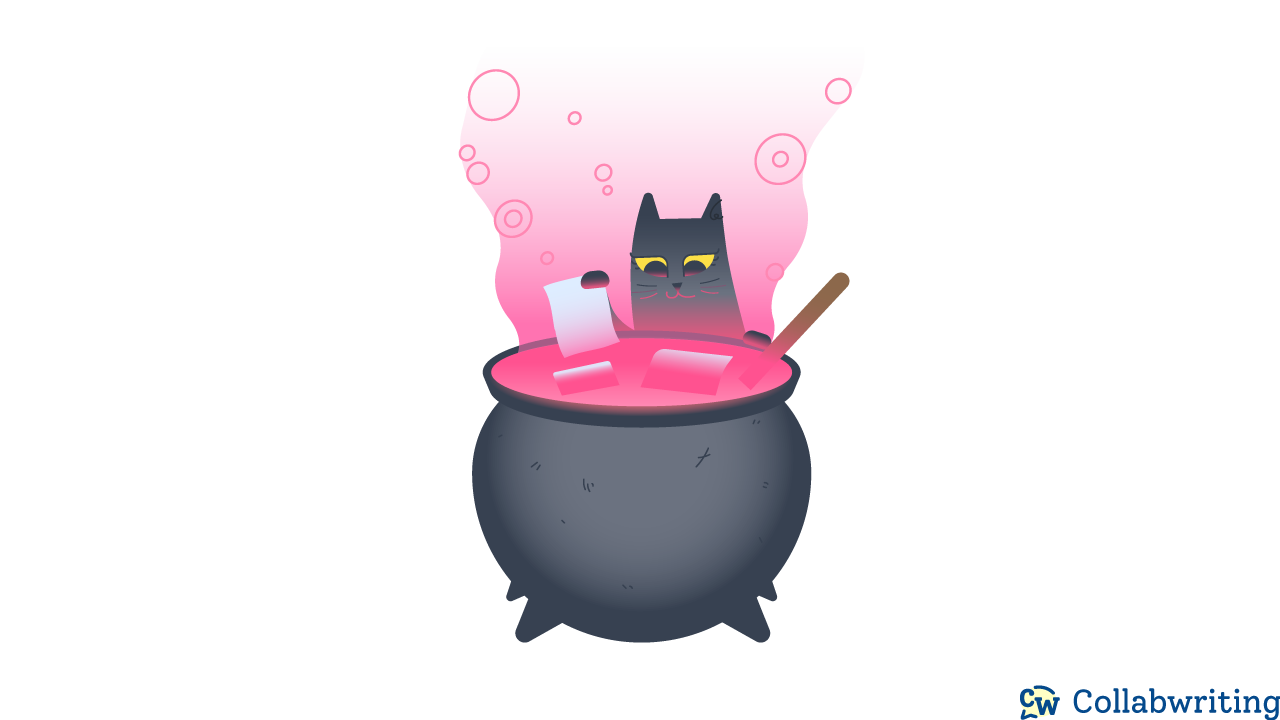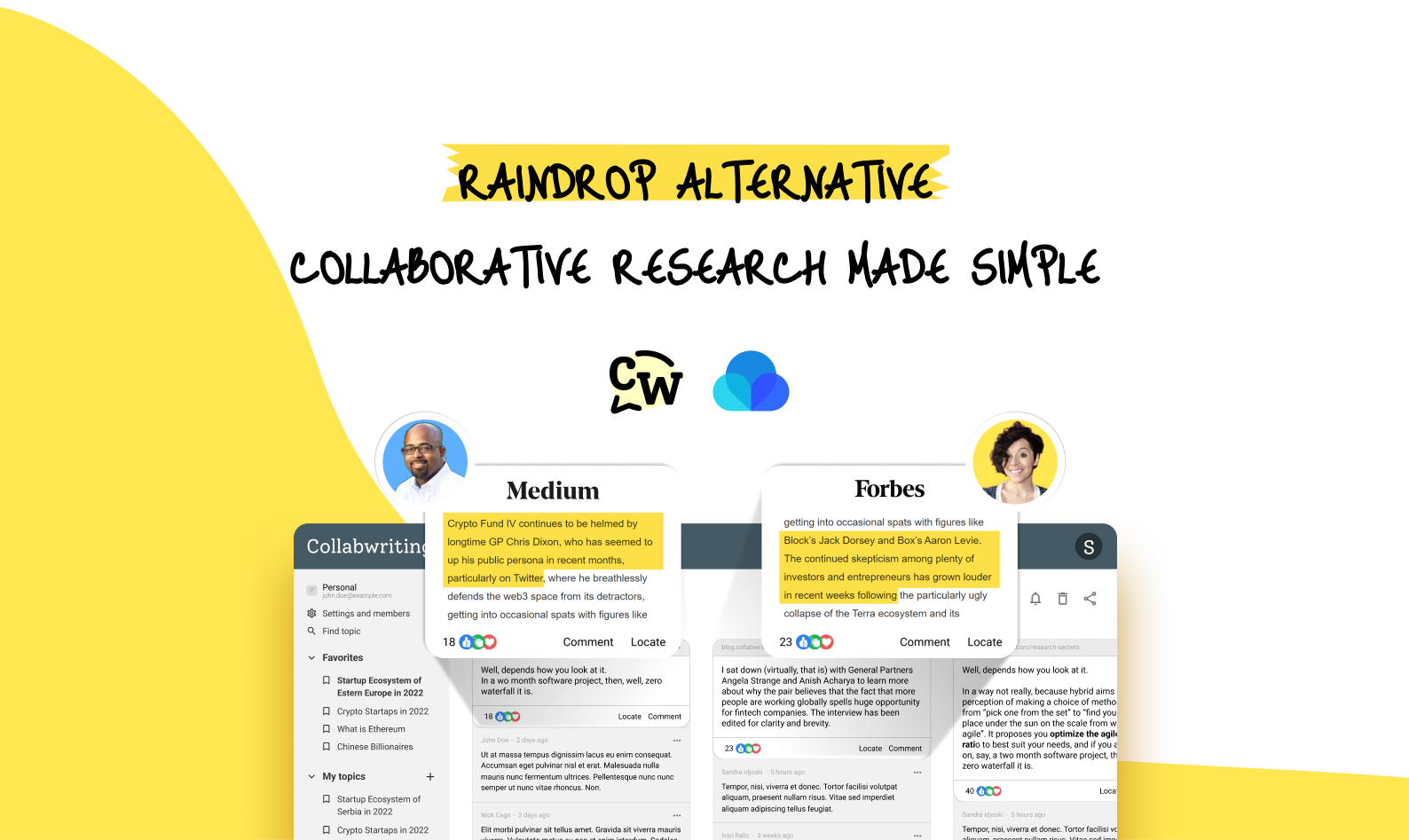Market research, also called marketing research, is how you get to know your customers, spot new opportunities, study competitors, and make smart business decisions.
Whether you’re launching a product, refining a service, or creating content, understanding your market is essential.
There are different types of marketing research, each with unique methods, tools, and goals.
In this guide, you’ll discover primary and secondary research, qualitative and quantitative methods, and practical examples for each, so you can apply them to your business strategy today.
Primary Market Research - Methods & Examples
Primary research is original data you collect yourself. It’s ideal when you need specific, timely insights that can impact your success.
You can conduct primary research in-house or outsource it to a market research agency. While outsourcing costs more, it can save time, provide expertise, and give unbiased results.
Primary research provides recent data directly from trusted sources on the topic you're interested in. However, it takes time to gather this data from scratch compared to finding secondary data through online searches or library visits.
Primary research involves two forms of data collection:
1. Exploratory Research: This type of primary research is conducted to understand a problem that hasn't been clearly defined yet.
📍 For example: Sales are dropping, and you want to know why. You might hold focus groups, interviews, or surveys to explore customer opinions.
2. Conclusive Research: This form of primary research is carried out to a specific problem identified through exploratory research or other primary data.
📍For example, exploratory research shows customers are unhappy with your support process. Conclusive research could include detailed surveys or one-on-one interviews to pinpoint issues and find actionable solutions.

Types of Primary Research - Methods You Can Use
There are several primary research types available, and you probably already know them. Your choice will depend on your budget, time limits, research goals, and whether you're after numbers or insights.
Primary research methods include:
- Surveys & online questionnaires
- Focus groups
- One-to-one interviews
- Observations
Online surveys are a good fit if you’re looking to collect large volumes of data that can then be quantified. The interviews on the other hand can help you take a deep dive into the opinions and challenges of your target audience. They can’t be easily quantified, but are a good starting point if we’re starting from scratch.

Research secrets - The 1st step in building a successful content strategy
Learn how we outsmarted big competitors on Google, grew our audience with SEO, and became leaders in the 150 billion dollar Project Management niche - all without cheap hacks.
Secondary Market Research - How To Use Existing Data
Secondary research uses data collected by others. It’s usually the first step in any research project, helping you understand what’s already known.
It's usually a solid foundation for your own research.
It’s cost-effective, often available online, and helps refine your research questions.
Even if your initial secondary research doesn't find a study matching your exact research goals, it still builds your knowledge base. This can help you improve and refine your research hypothesis and identify new market gaps you didn't know existed.
Secondary research covers a wide range of resources. Here are just a few places where you can find relevant information:
- Industry reports
- Books and magazines
- White papers
- Government reports and studies
- Reviews of competitors’ products/services
- Recently published research on relevant topics
- Scholarly journals, often available in reference libraries
PMI, for example, publishes reports regularly and their yearly report can be a great starting point for producing relevant, up-to-date content in the project management space.

Collabwriting - Shareable Notes on Web Pages and PDFs
Collabwriting allows you to gather all your online sources in one place.
Just highlight, save, and collaborate with anyone on any content you find online.
No more endless scrolling, no more lost insights, just simple, structured knowledge at your fingertips.
Qualitative Market Research - Examples & Techniques
Qualitative research gathers non-numerical insights, giving depth to your data.
Instead of pinpointing exact truths, qualitative research summarizes and concludes.
It’s often exploratory, helping you understand customer motivations, feelings, and preferences.
📍 Example: Testing a new product idea with a small group of target customers to understand reactions before a full launch.
It relies on focus groups, in-depth interviews, and other techniques, usually with a small but carefully chosen sample size.
A small sample size saves costs, and not having a fixed questionnaire encourages free, in-depth discussions. The interviewer or researcher usually guides the conversation.
Simple, direct questions are often used, which prompt straightforward answers.
Quantitative Research Methods & Examples
Quantitative research focuses on numbers and measurable data.
It answers questions like who, when, where, how many, and how often.
These questions seek specific, numerical data, not general exploration. If you want detailed information about your company, market, or target customers, this is the way to go.
Methods include:
- Surveys with multiple-choice questions
- Polls
- Structured questionnaires
📍 Example: A survey asking 1,000 customers how often they use a feature to inform product improvements.
Customer Market Research - Tools & Insights
Customer research helps you understand what motivates your audience and how to increase sales or engagement.
The goal is to deeply understand them and continually learn about their interactions with your company.
This research includes:
- Customer satisfaction research focuses on understanding what makes customers happy, as happier customers are more likely to stay with your company.
- Customer loyalty research examines which experiences build long-term loyalty.
- Customer segmentation research aims to identify who your customers are, their behaviors, preferences, and common traits.
- Desk research involves looking at past purchase records, customer journey maps, segmentation data, demographics, and persona templates.
📍Example: Conducting post-support surveys to improve customer experience.
Competitor Market Research - Examples & Analysis
Competitor research identifies strengths, weaknesses, and opportunities by studying other companies.
It helps you identify ways to differentiate yourself and plan for the future by keeping an eye on market trends and customer preferences.
📍 Example: Checking Google reviews or social media feedback for competitors can reveal gaps in service or product offerings.
Customers are constantly sharing their thoughts about your competitors too - through Google reviews, social media posts, or even blog articles.
Pay attention to what they’re saying, both the praise and the complaints. It’s a goldmine of insights that can help you avoid mistakes, spot opportunities, and make smarter decisions.
Tip: Treat competitor insights as a shortcut to learning what works (or doesn’t) in your market.
📘 Did you know?
When you're scanning through reports, articles, and white papers, it's easy to lose track of key insights. Collabwriting lets you bookmark, highlight, and comment on sources in one click - so you build a reliable knowledge base while you research.
Brand Market Research - Techniques & Examples
Brand research helps you define and improve your brand identity, including tone, visuals, values, and positioning.
Research methods can include interviews, industry events, focus groups, or surveys.
Other areas of brand research include exploring brand loyalty, how the brand is perceived, its market positioning, value, and identity.
- Brand perception & loyalty
- Market positioning
- Comparing strengths with competitors
The goal of the research is to figure out:
- How your brand compares to competitors
- Where you can enhance your brand efforts
- What strengths can you compares highlight to boost your brand's reputation
📍 Example: Running a focus group to test a new logo or messaging.
Product Market Research & Case Examples
Product research ensures your offerings meet customer needs before launch.
The goal is to understand how customers view your product, whether it's providing value, and if it's working as intended. It also helps generate ideas for improvements and future product development.
Product research includes different paths:
- Product branding test: Does the product's brand and design appeal to customers as intended?
- Feature testing: How do customers react to new or improved features?
- Design thinking workshops: Solve customer problems innovatively
- Marketing evaluation: Are your messages memorable and persuasive?
📍 Example: Primary research methods shine in this type of market research. Surveys can assess feature popularity, and in-person interviews provide direct insight into how customers interact with the product.
Market research is key to a successful product launch. By understanding your audience and market trends, you can develop the perfect product and effective marketing messages. Listen to your customers' feedback and stay ahead of the curve to ensure your product stands out.
Combining Market Research Techniques and All-Around Insights
A strong marketing strategy uses all research types together:
- Primary + Secondary
- Qualitative + Quantitative
- Customer + Competitor + Brand + Product insights (Insights specific to your topic or focus area)
Bringing together these elements helps you see the full picture of what your market does and why, giving you a better understanding of your audience.

Conclusion
Market research isn’t a one-time task - it’s a continuous process.
By combining different types of marketing research - from primary and secondary methods to qualitative and quantitative techniques, you gain a full picture of your market, your competitors, and your customers.
The key is not just collecting data but turning it into actionable insights.
💡 Remember: markets shift, customer needs evolve, and what worked yesterday may not work tomorrow.
Keep researching, keep testing, and use these insights to refine your content strategy, product development, and overall growth.
In the long run, companies that listen, learn, and adapt through research are the ones that stay relevant and successful.
Try Collabwriting to keep your findings organized, share them with your team, and make research a natural part of your content and product strategy.
FAQ
What is market research and why is it important?
Market research, also known as marketing research, helps you understand your customers, identify new opportunities, learn from competitors, and use resources efficiently. It is essential for crafting effective content strategies and making informed business decisions.
What are the different types of marketing research?
Primary, secondary, qualitative, quantitative, customer, competitor, brand, and product research.
What are the methods of primary research?
Primary research methods include:
- Surveys
- Focus Groups
- Questionnaires
- One-to-One Interviews
- Observations
- Online Surveys
What is exploratory research in primary research?
Exploratory research aims to understand a problem that hasn't been clearly defined yet. For example, understanding the reasons behind declining sales through interviews, surveys, or focus groups.
What are conclusive research examples?
Conclusive research is conducted to solve a problem identified through exploratory research.
Examples include: Surveys or interviews that solve problems found in exploratory research, e.g., fixing low customer satisfaction.
What is secondary research?
Secondary research involves using information that others have gathered. It’s usually the first step in any research project to see if existing studies can provide a foundation for your own research.
What are some sources of secondary research?
Sources for secondary research include:
- Industry Reports
- Books and Magazines
- White Papers
- Government Reports and Studies
- Competitor Product Reviews
- Scholarly Journals
What is qualitative market research?
Qualitative market research gathers non-numerical data to provide in-depth insights. It uses methods like open-ended questions, focus groups, and in-depth interviews to understand customer behavior and preferences.
What is quantitative market research?
Quantitative market research involves collecting numerical data through surveys, polls, and questionnaires. It answers specific questions like who, when, where, how many, and how often.
What is customer market research?
Customer market research explores what motivates target customers and how the company can adapt to increase sales. It includes:
- Customer Satisfaction Research
- Customer Loyalty Research
- Customer Segmentation Research
What is competitor market research?
Competitor market research involves understanding and analyzing competitors to identify strengths, weaknesses, and opportunities. It helps in differentiating your brand and staying ahead of market trends.
What is brand market research?
Brand market research helps develop and nurture a company's brand identity. It includes exploring aspects like brand loyalty, market positioning, and brand perception through interviews, focus groups, and surveys.
What is product market research?
Product market research ensures that products and services meet customer needs effectively. It includes evaluating product branding, feature testing, and marketing messages to improve product development and customer satisfaction.
Why is combining different market research techniques important?
Combining qualitative and quantitative research, primary and secondary data, and specific insights helps create a comprehensive understanding of the market. This holistic approach is crucial for crafting effective marketing strategies.
How can market research improve content strategy?
Market research informs content strategy by providing insights into customer needs, preferences, and behaviors. It helps in creating relevant, targeted content that resonates with the audience and achieves long-term success.
How can I start with market research for my content strategy?
Begin with secondary research to understand existing information, followed by primary research to gather specific data relevant to your business needs. Use a mix of qualitative and quantitative methods to gain comprehensive insights.







![5 Tools Marketers Use to Organize Research - Compared [2025]](/content/images/2025/11/cover-4-1.png)

![Build Credibility in Research: Smart Way to Verify Information and Track Sources Easily [2025]](/content/images/2025/10/covers-for-blog--7--1.png)

![How Marketers Can Turn LinkedIn Content into Collaborative Research [2025]](/content/images/2025/10/covers-for-blog--8-.png)
![Best Readwise Alternative for Personal & Team Research [2025]](/content/images/2025/09/Frame-814--3-.png)

